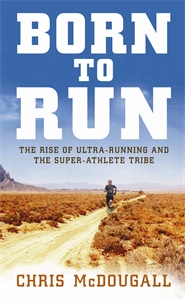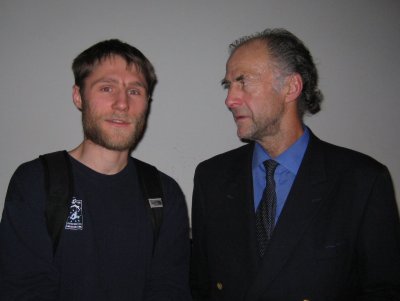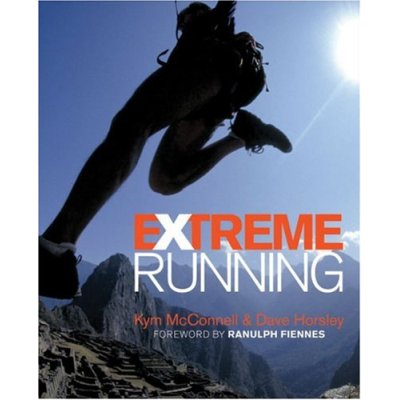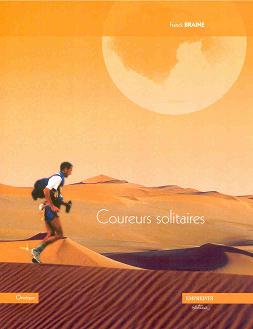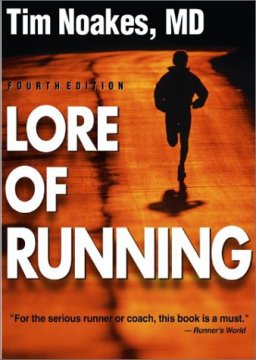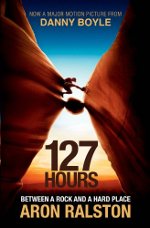
I've just finished reading "127 HOURS: Between a Rock and a Hard Place" by Aron Ralston. To cut the story short (sic), Aron got stuck in a remote canyon when a large chockstone trapped his arm against the canyon wall. Because of the isolation of the place and his failure to tell anyone where he was going beforehand (sic), he didn't have the chance to get any assistance for 5 days. He tried unsuccessfully to cut the rock with a low quality knife and to pull it up using some kind of pulley system. Finally, the lack of water and the sleep deprivation convinced him to cut his arm off with a blunt knife blade. Bones were snapped by applying some torque...
As a true story of someone injured and stuck in a remote place without much food or water, it obviously reminded me Touching the Void (Joe Simpson), although I would say Joe might be better writer. Just as in Joe's book, the novel is full of memories from previous trips interleaved with the main matter. Whilst some of them are pretty cool, others are rather boring, and sometimes too much detailed. Many of them give an insight on the author's views on mountaineering and his life. A bit sad in a way, as it's mostly about soloing.
That said I could often relate to him for a number of reasons. Getting into slightly tricky situations. Learning winter hiking the hard way when you've never done it before, in a self-taught fashion. The mental state you're in in ultramarathon-like mountain trips. Finding your limits.
Ultra stuck
